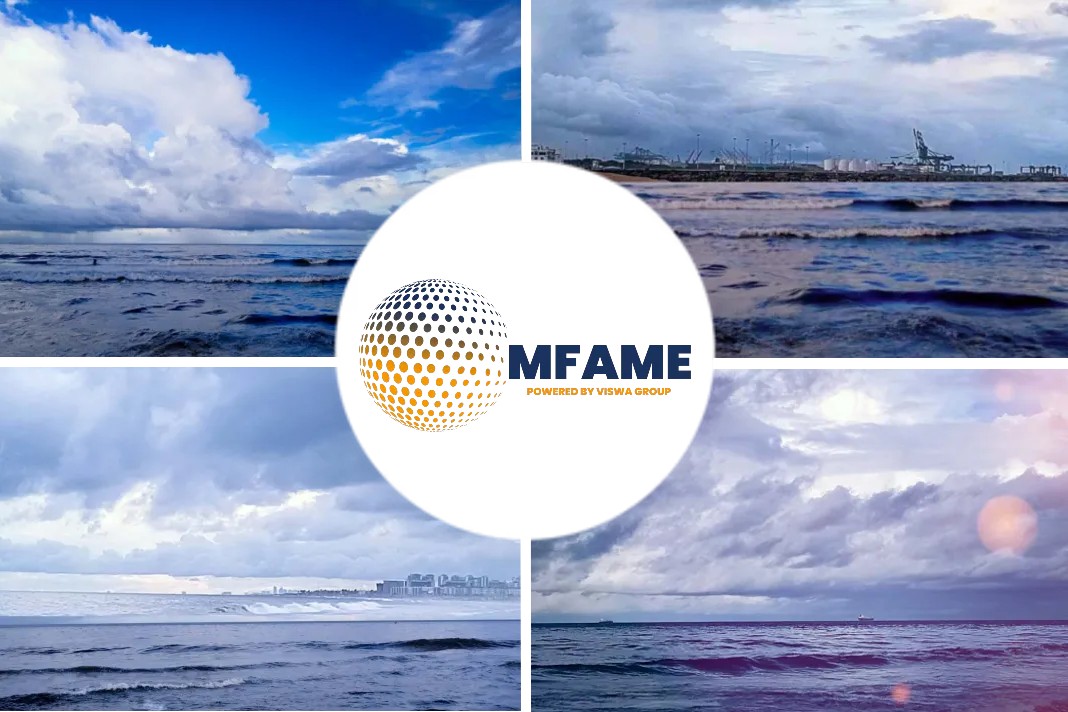- Styrene Monomer, one of the most widely used monomers in the chemical industry.
- Styrene Monomer is easy to transport, most likely attributed to the over 30 million metric tons of styrene produced and transported annually.
- Styrene Monomer needs to be inhibited to protect the cargo from polymerizing during transport.
Styrene Monomer, one of the most widely used monomers in the chemical industry, can also be one of the most catastrophic if not monitored carefully in transport, says an article published on Q88 website.
Catastrophic outcomes
Foundational in the production of plastics, paints, synthetic rubber, protective coatings, resins, and many other polymers, this clear, oily liquid has a storage hazard above 32°C , and therefore when transported onboard chemical tankers it is required to be inhibited and stored away from heat sources to prevent polymerizing.
Although safe handling requirements are made available to chemical transporters, there have been several runaway polymerization incidents over the years that unfortunately result in violent industrial explosions. The most recent being the September 28, 2019 explosion and fire onboard chemical tanker Stolt Groenland in Ulsan, Korea.
Captain Soren Ibsen of Q88 Milbros says, “Styrene Monomer is considered by many to be an “easy” cargo to handle and carry, but with my industry experience and knowledge, I know that to be far from the truth. The industry had lacked proper tools to help chemical tankers safely carry this cargo, and when a ship is unable to accurately monitor the effect of temperature changes it can result in costly and catastrophic outcomes. Milbros has changed that.”
Expanding Value across the Chemical Tanker Industry
Regardless of the industry perception that Styrene Monomer is easy to transport, most likely attributed to the over 30 million metric tons of styrene produced and transported annually, we at Q88 have a different perspective: arm our customers with as many resources and tools as possible to ensure increased safety and protection of those onboard and the environment.
Our Styrene Monomer Temperature Log and Inhibitor Depletion Tool is new technology developed by Milbros to provide chemical tankers a temperature log tool that can also calculate the estimated inhibitor depletion to provide current inhibitor levels in each tank.
Ship crews and office staff can now have an additional layer of the confidence and peace of mind to carry styrene safely and without incidents.
This new technology is available to Milbros Premium subscribers with a Milbros Onboard subscription. Ships with or without internet access can still use the tool, and data can be shared between the master/crew and office.
Access Mission Critical Information to Prevent Potential Disaster:
As stated earlier, Styrene Monomer needs to be inhibited to protect the cargo from polymerizing during transport. The styrene is normally inhibited with 15-25 ppm of TBC (4-tert—Butylcatechol) for a normal voyage duration of 45-60 days.
The inhibitor TBC gets depleted over time based on the temperature of the styrene. More easily put, the higher the temperature the faster the depletion and to remain in a safe range the TBC content should always be greater than 10 ppm.
Our technology is calibrated to industry standards, so when you are logged into our Milbros system, you can easily see indicator levels marked in Green when good, Yellow when inhibitor levels are not sufficient for the remainder of the voyage, and Red when inhibitor levels are at dangerously low levels.
Easily click into each level reading for more detailed information and to see the daily logs to monitor more closely.
Information is entered by the ship on a daily basis, and this information will be immediately available for office staff to investigate, monitor and review as required.
This tool will also give warnings when the inhibitor levels are at dangerously low levels, when the inhibitor effectiveness is less than the days left on the voyage, and indicating when the cargo needs to be tested or discharged immediately.
And for an added layer of protection, the system will send an email when the log hasn’t been updated for two days and when it reaches the warning or dangerous levels during the voyage.
Did you subscribe to our daily newsletter?
It’s Free! Click here to Subscribe!
Source: Q88
















